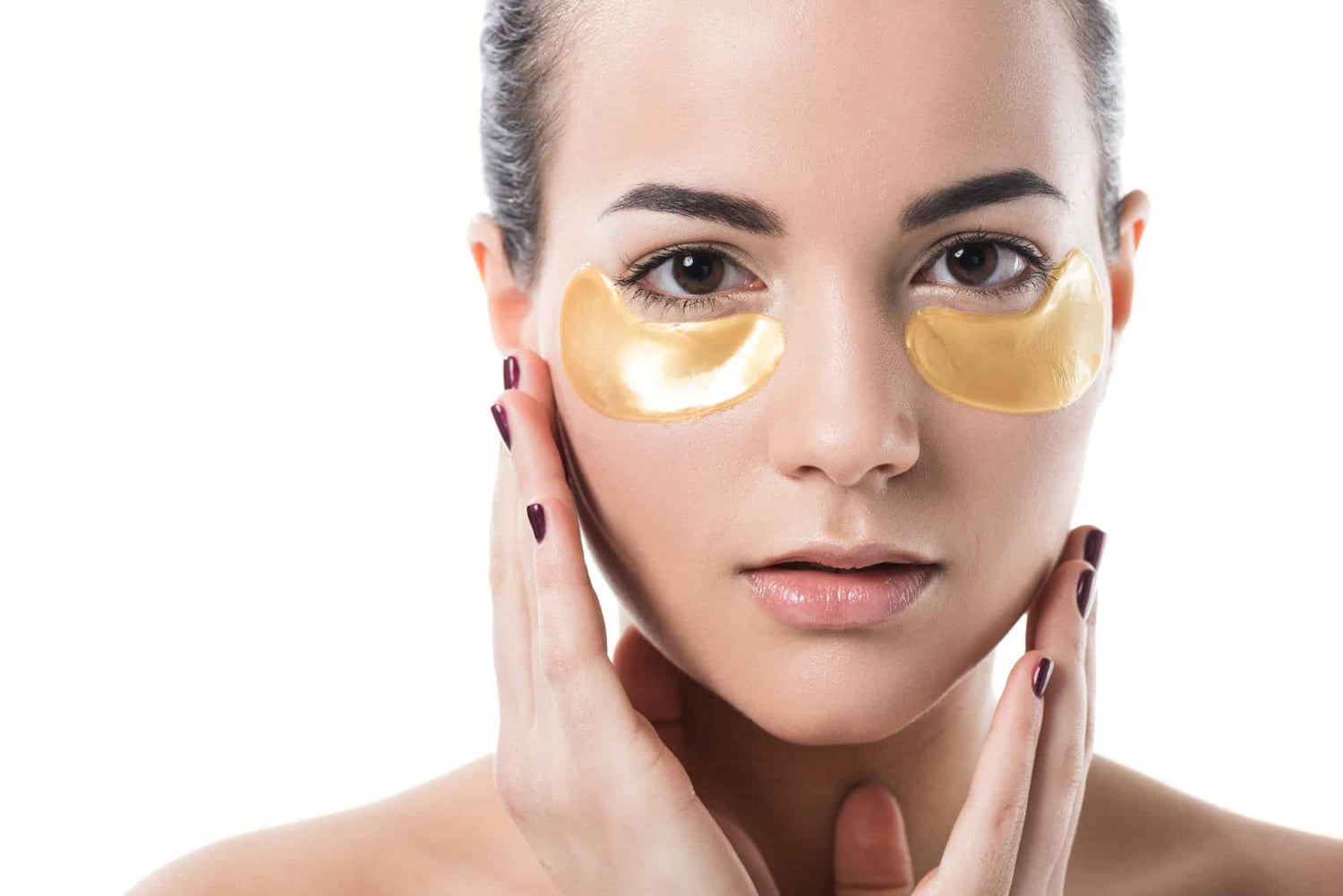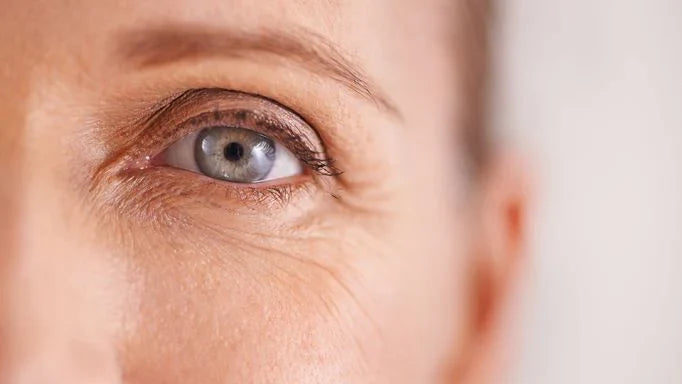Dark circles are a common concern that affects individuals of all ages and skin types. The quest for solutions has led many to seek out Dermatologist-Recommended Treatments for Dark Circles. Whether caused by genetics, fatigue, allergies, or lifestyle choices, understanding the underlying causes and the best treatment options can significantly improve one's appearance and self-esteem. In this article, we will explore effective treatments recommended by dermatologists, shedding light on both topical and procedural interventions to combat dark circles effectively.
Understanding Dark Circles: Causes and Myths
Dark circles under the eyes can be attributed to various factors. To address them properly, it’s essential first to understand their origins.
Genetics
Genetics play an integral role in the formation of dark circles. If your family history is peppered with similar issues, you may be more prone to developing them yourself. The color of the skin around the eyes is usually thinner, making any visible blood vessels beneath the skin more prominent. This genetic predisposition can lead to an enhancement of pigmentation which manifests as dark circles.
Moreover, hereditary conditions like periorbital hyperpigmentation can exacerbate these circles. It’s critical to note that managing dark circles linked to genetics might require a more tailored approach. While topical treatments can provide some relief, advanced dermatological procedures may yield better results.
Lifestyle Factors
Lifestyle choices are another major contributor to dark circles. Poor sleep, excessive screen time, and high-stress levels can drain the skin's vitality, resulting in tired and dull appearances. Sleep deprivation leads to paler skin, emphasizing dark shadows under the eyes.
Diet also plays a pivotal role in our skin health. A diet lacking in essential nutrients like vitamins C, E, K, and iron can result in poor circulation and increased pigmentation. Therefore, nourishing the body from within can be just as important as topical applications.
Allergies and Environmental Factors
Allergies and environmental irritants can trigger dark circles as well. When the body reacts to allergens, histamine is released, which can cause blood vessels to swell and leak, leading to a reddish-blue tint under the eyes. Additionally, environmental factors such as pollution can contribute to the overall degradation of skin quality.
Understanding these various causes can help individuals choose a suitable treatment plan.
Topical Treatments: Creams and Serums
Topical treatments are often the first line of defense against dark circles. These products range from over-the-counter creams to prescription-strength formulations.
Ingredients to Look For
When selecting topical treatments, it's crucial to look for specific ingredients known for their effectiveness.
Caffeine is one potent ingredient found in many eye creams. Known for its anti-inflammatory properties, caffeine helps constrict blood vessels, reducing puffiness and dark pigmentation. Similarly, vitamin C acts as a brightening agent, combating free radicals while promoting even skin tone. Incorporating such powerhouse ingredients into your skincare routine can create a noticeable difference over time.
Another noteworthy component is hyaluronic acid, a hydrating molecule that retains moisture. By plumping the under-eye area, it can diminish the appearance of fine lines and shadows. Retinol, a derivative of vitamin A, is another must-have for anyone concerned about dark circles. It promotes cell turnover and collagen production, making the skin more resilient.
Application Techniques
While proper product selection is vital, how you apply these treatments can further enhance their efficacy.
Gently tapping the cream using your ring finger can help ensure minimal pressure on the delicate skin around the eyes. This technique increases blood circulation and allows for better absorption of the product. It’s advisable to start from the inner corner moving outward, following the natural contour of the orbital bone.
Be consistent with your application, ideally using the products morning and night. Consistency is key when dealing with dark circles; results take time and dedication.
When to Consult a Dermatologist
If over-the-counter treatments fail to yield satisfactory results after several weeks, it may be time to consult a dermatologist. Professional advice can guide you in exploring stronger formulations or alternative remedies that may be more suited to your skin type and condition.
A dermatologist can perform a thorough evaluation to determine the best course of action, whether that involves prescription treatments or further intervention.
Non-Invasive Procedures
In addition to topical treatments, non-invasive procedures have gained traction for their impressive results in treating dark circles.
Chemical Peels
Chemical peels involve applying a solution to the skin that exfoliates the upper layers, revealing fresher skin underneath. They can significantly improve pigmentation issues, including dark circles.
During the procedure, the dermatologist will assess your skin type and recommend the appropriate peel strength. Light to medium-depth peels are often used to target dark circles without extensive downtime. Post-treatment, patients may experience slight redness or peeling, but these symptoms typically resolve quickly.
Chemical peels can stimulate collagen production and improve overall skin texture. However, it’s essential to follow a proper aftercare regimen to maintain results and protect the sensitive area from sun exposure.
Fillers
Hyaluronic acid fillers can also be a game-changer for individuals struggling with dark circles caused by volume loss. As we age, the fat pads under our eyes may diminish, leading to hollow areas that cast shadows and enhance the appearance of dark circles.
Fillers can restore lost volume and provide immediate results. The procedure is relatively quick, often taking less than an hour. Results can last anywhere from six months to a year, making it a practical option for those looking for a longer-lasting solution.
However, it’s imperative to choose a qualified professional for this procedure to achieve natural-looking results. Over-injection can lead to a puffy appearance, so moderation is key.
Laser Treatments
Laser therapies have emerged as a popular option for targeting pigmentation in the under-eye area. Various laser types can be employed depending on individual needs. For instance, fractional lasers can promote collagen regeneration and fade discoloration.
Patients may require multiple sessions to see optimal results. Furthermore, it’s vital to adhere to post-treatment care recommendations. Proper sun protection and moisturizing will aid in recovery and ensure lasting effects.
Consulting with a qualified dermatologist can clarify which laser treatment may be most beneficial for your specific concerns.
Natural Remedies and Lifestyle Modifications
While professional treatments can be highly effective, many individuals prefer to explore natural remedies and lifestyle changes to combat dark circles.
Home Remedies
Natural home remedies can serve as an excellent complement to more intensive treatments. Ingredients like almond oil, cucumber slices, and cold tea bags have been touted for their soothing and brightening properties.
Almond oil is rich in vitamin E, which can nourish the skin and reduce pigmentation. Applying a few drops gently before bedtime can work wonders over time. On the other hand, placing chilled cucumber slices on the eyes not only provides a refreshing sensation but may also reduce puffiness due to their high water content.
Cold tea bags, especially green or chamomile tea, can help soothe irritated skin and reduce swelling. The tannins in tea have astringent properties that can temporarily tighten the skin, providing a more refreshed appearance.
Diet and Hydration
Hydration is paramount in maintaining healthy skin. Drinking ample amounts of water daily can keep your skin supple, while nutrient-rich foods can bolster its health from within. Incorporate fruits and vegetables high in antioxidants, such as berries, citrus fruits, and leafy greens, to improve circulation and skin tone.
Reducing salt intake can aid in minimizing puffiness around the eyes. Excess sodium can lead to water retention, exacerbating the appearance of dark circles. Including foods rich in omega-3 fatty acids, such as avocados and walnuts, can also promote skin elasticity and overall health.
Stress Management and Sleep Hygiene
Implementing stress management techniques, such as yoga, meditation, and mindfulness, can significantly enhance overall wellness and skin appearance. Chronic stress can lead to fatigue, affecting the skin's quality and increasing the prominence of dark circles.
Establishing a consistent sleep routine is equally vital. Aim for seven to nine hours of quality sleep each night. Consider creating a calming bedtime ritual—this could include dimming lights, reading a book, or practicing relaxation exercises—to signal your body that it’s time to wind down.
Maintaining a balanced lifestyle goes a long way in addressing dark circles on multiple fronts.
Conclusion
Dealing with dark circles can be a complex endeavor influenced by various factors ranging from genetics to lifestyle choices. Tackling them requires a multifaceted approach, incorporating Dermatologist-Recommended Treatments for Dark Circles, including topical solutions, non-invasive procedures, and natural remedies. As you navigate this journey, remember that patience and consistency are essential.
Embracing lifestyle changes is a cornerstone of both treatment and prevention. Prioritizing sleep hygiene, maintaining proper hydration, consuming a balanced diet, and practicing regular sun protection fortify the skin’s resilience against the factors that cause dark circles.
For hydrating eye creams that blend seamlessly with a balanced skincare routine, consider trying the HydraPaise Eye Contour Serum.
Whether you choose to explore over-the-counter products, professional treatments, or embrace natural methods, understanding your unique skin type and needs will undoubtedly empower you to find the most effective solutions. Consulting a qualified dermatologist can provide invaluable guidance tailored specifically to you. Ultimately, achieving brighter, more youthful eyes is within reach, and with the right knowledge and commitment, you’ll be well on your way to diminishing those dark circles once and for all.





